The musicians of Ensemble Grizzana are arranged in the usual way for their concert at St Paul’s Hall in Huddersfield. Another player, the percussionist Dmitra Lazaridou Chatzigoga, sits among them. The table beside her holds a small and rather beaten-up zither and a tray of the kind of objects you might find at the back of a spare kitchen drawer: two filter baskets from stove-top espresso machines, a tea-strainer, letter opener, a cog, a nut and bolt.
Visitors to Huddersfield’s annual contemporary music festival, now in its 40th edition, are used to eccentricity. The presence of such a tray on the Wigmore Hall stage would raise eyebrows well beyond their usual range, but here it’s pretty much business as usual. The effect is unusual, however, in one respect: the wonderful contribution these everyday objects make to the music. Indeed, I would defy anyone with a functioning pair of ears and a reasonably open mind (the two often amount to the same) to listen to the resulting piece of music — How Vain Are All Our Frail Delights (2017) by the Swedish composer Magnus Granberg — and not be won over by the sheer beauty of it.
We are used to thinking of beauty as something that somehow perfectly fits our taste, and which as a result answers to our individuality. But there’s another and arguably more profound kind of beauty that attaches itself to the simple experience of attending to things and letting them be. It’s as true when we find ourselves enchanted by a baby or child as when we are caught up in the act of looking at a painting by Memling or Cézanne, and comes just as well, if with a little more effort, from stopping to take in the look of a randomly settled pebble, or to listen to the long grass soughing in the breeze, or being arrested by the sight of a hovering kestrel. The beauty comes from simply being caught up in the raw presence of something else.
In Granberg’s piece, after an extended introductory silence, the musicians make quiet, singular gestures. The tray of objects, which are ‘sounded’ by being placed on the amplified zither and made to resonate with an electronic ‘bow’, produce flatter sounds than the traditional instruments, which has the effect of giving the whole musical texture the feel of discrete splashes of sound, like the isolated drops of rain that precede the moment when it actually rains. The splashes accumulate — a slowly bowed cello note here, a note from the clarinet there, so quiet it barely cuts through the breath — gradually creating ripples that push into each other so that, with supreme gentleness, an aspect of something beneath the surface begins to dawn. Suddenly, there it is, perceptible in slights of rhythm, harmony and disposition, the wonderful song that William Byrd set to Philip Sidney’s brief lyric.
Like its partner piece in the concert — Late Silence (2017), by the Swiss clarinettist and composer Jürg Frey, which does with Ockeghem’s motet Déploration sur la mort de Binchois what Granberg’s does with the Byrd — the music does not set or adapt its ancient source so much as allow it to be glimpsed. In that sense, the older pieces simply provide an image that coheres the whole, though without eclipsing its parts. The music is not something whose argument you follow or whose external and internal references you pursue. It’s less than that, but also more: a world in miniature, a magical place to be.
Huddersfield is a whirlwind. I attended ten concerts in just over 48 hours, ranging from a momentous performance of the late, great Pauline Oliveros’s Primordial/Lift (1998) — a piece which, with the help of an electronic oscillator and various circulating instruments, supposedly tracks the increase in the earth’s resonant frequency from 7.8Hz in 1960 to 13Hz in 2010 (at 75 minutes, you can feel yourself ageing) — to the dehumanising, sense-dismantling hedonism of Alexander Schubert’s rave-inspired finale.
Some of the greatest moments this year were the gentlest, such as the organist Kit Downes’s encore, Luciano Berio’s 1964 setting of the American folk song ‘Black Is The Colour (of My True Love’s Hair)’. Downes, together with the saxophonist Tom Challenger, has been recording improvised pieces on the dilapidated instruments of several Suffolk churches. Performed here, they gave a sense of unassumingly mining the building’s natural acoustic for memories of past musical glories. They also gave a luminous glow to the encore.
There were excitements, too, from the music but also from realising the substance to the hype around some younger composers (such as Laura Bowler, whose blazing new piece FFF, half political rant, half primeval convulsion, was performed in emoji hotpants) — and moments of boredom. At times, a keen gratitude that one performance will be all one hears of something is enough.
With its strange practices and even stranger habitués — most of whom combine unfeasible levels of craftsmanship and talent, and are for the most part entirely unmoved by the prospect of wider success and recognition — contemporary art music is very much a niche culture. But it also provides a breath of fresh, clear air, and all of us could do with a dose of that from time to time.
Got something to add? Join the discussion and comment below.
Get 10 issues for just $10
Subscribe to The Spectator Australia today for the next 10 magazine issues, plus full online access, for just $10.
You might disagree with half of it, but you’ll enjoy reading all of it. Try your first month for free, then just $2 a week for the remainder of your first year.

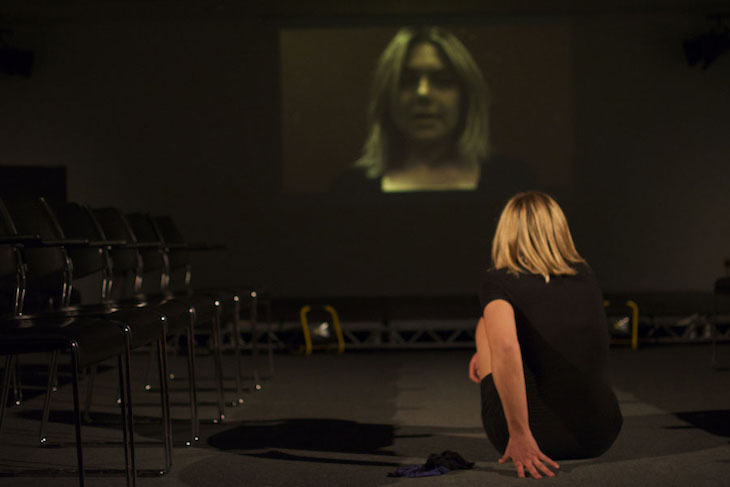
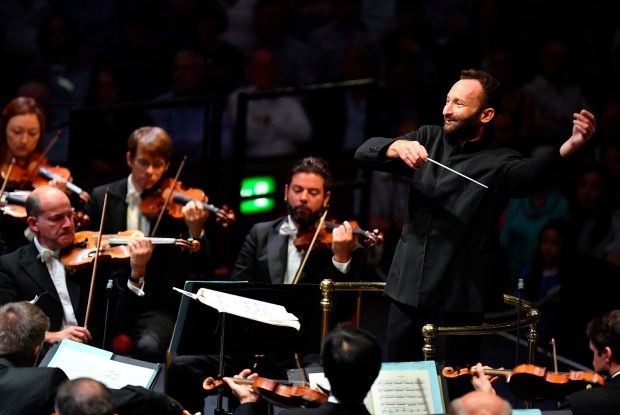
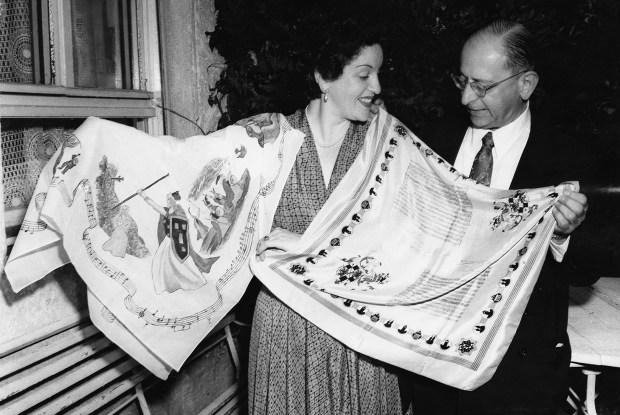
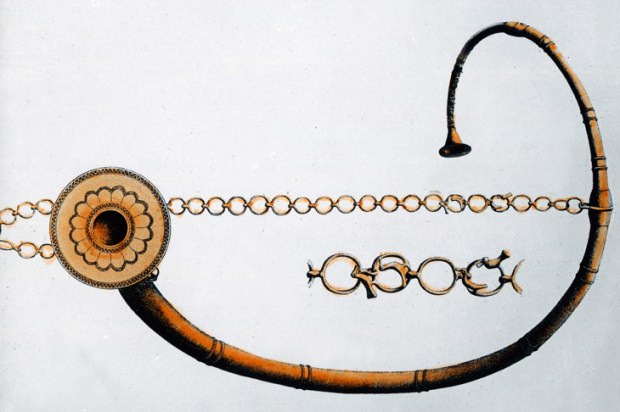
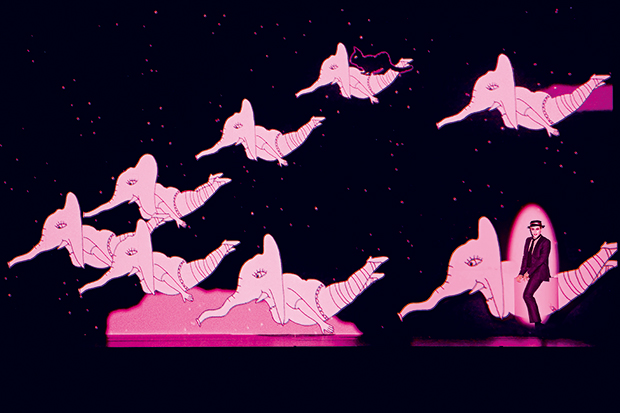

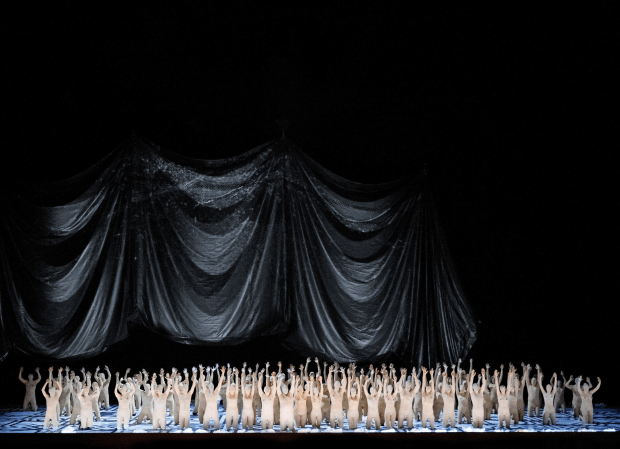






Comments
Don't miss out
Join the conversation with other Spectator Australia readers. Subscribe to leave a comment.
SUBSCRIBEAlready a subscriber? Log in